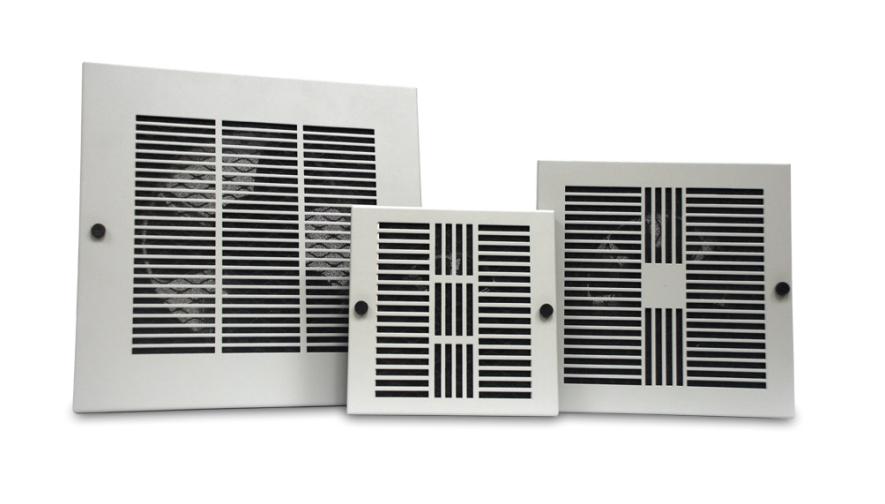Cabinet Cooling Fan: Do You Really Need It? This Will Help You Decide!
 Industrial electrical equipment gives off “waste” heat as it operates—a result of inefficiency in converting electrical energy to work. Unfortunately, the equipment itself, such as variable frequency drives (VFDs), switching gear, motor starters, and power supplies, is designed with maximum operating temperatures above which it loses even more efficiency or fails to operate.
Industrial electrical equipment gives off “waste” heat as it operates—a result of inefficiency in converting electrical energy to work. Unfortunately, the equipment itself, such as variable frequency drives (VFDs), switching gear, motor starters, and power supplies, is designed with maximum operating temperatures above which it loses even more efficiency or fails to operate.
To make things worse, electrical equipment typically is enclosed in a protective industrial cabinet, which traps heat, driving up the temperature. This can result in overheating and lead to decreased reliability and lifespan, as well as increased costs due to extra maintenance, early component failure, unplanned downtime, or even complete system replacement.
All these added costs can be avoided by planning ahead to prevent excess temperatures. One way to do this is with a cabinet cooling fan, which can be an economical answer for industrial enclosures in environments that are not excessively harsh, such as indoors with no exposure to heavy dust or sprayed liquids. Cooling fans can also be used in outdoor enclosures, with the addition of rain shrouds, in locations where the ambient temperature is not too high.
How Cabinet Cooling Fans Work
A cooling fan works on the principle of forced convection, by enhancing natural convection—heat rising and escaping through vents at the top of the cabinet—with fans or blowers. As outside air is pushed through the system, it carries the heat generated inside the enclosure through an exhaust vent.
If the conditions surrounding the enclosure include excessive ambient heat, solar insolation, or the presence of harsh chemicals, heavy dust, or liquids, a cabinet cooling fan will not be able to protect the equipment. In these cases, a closed-loop cooling system, such as an air to air heat exchanger or an enclosure air conditioner will be required.
Is Extra Cooling Required?
Not every cabinet will require additional cooling. Natural convection, as well as heat transfer through the walls of the cabinet to the cooler air surrounding it, may be enough to maintain the equipment at or below the specified maximum operating temperature.
To calculate whether extra cooling is needed for an industrial cabinet, the total amount of waste heat generated by all the components—called the heat load—must be determined. These numbers can be calculated from the manufacturers’ specifications.
For example, the manufacturer of a VFD may specify that at design load, its operating efficiency is 93 percent. This means that 7 percent of the total energy used by the drive is lost to heat (100% – 93% = 7%). For a 100 horsepower VFD, this means: 100 hp × 7% = 7 horsepower of waste heat, which is equal to 5,220 watts.
Additional Factors to Consider:
The calculation also must take into consideration the heat transfer through the enclosure walls, as a result of ambient temperature, and direct heat sources, such as a nearby oven. To include all these factors, an online Enclosure Temperature Management calculator can be used to establish the enclosure’s total cooling requirement and determine whether a cabinet cooling fan is really needed.
For more help in calculating the exact cooling requirements for your application, and whether a cabinet cooling fan will work, contact the experts at Thermal Edge.


